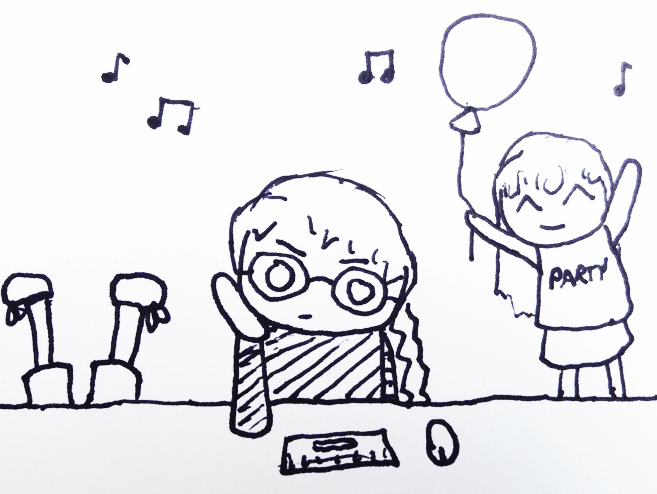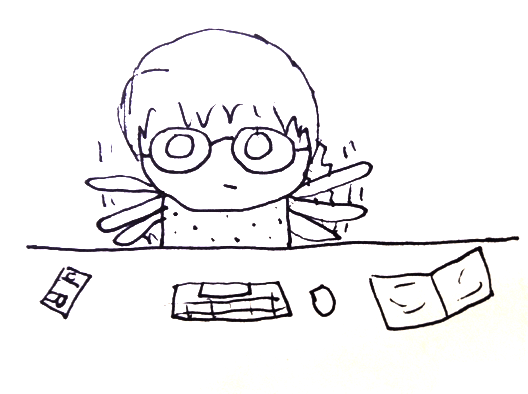
The Three Steps to Time Management Success
I’m going to break a bit from my usual discussion of improving experiences to talk about a more universal topic: time management.
This is essentially a basic human life skill. Despite that, a lot of people struggle with it.
Fortunately, successful time management only involves three steps:
- Know how you work
- Know what the work is
- Do the work
Know How You Work
There are three levels that people operate at.

-
Top speed, normal speed, slow speed
Top Speed
When you’re operating at top speed, you’re giving your task everything you’ve got. You’re flying through the work and focusing 100%. This is great in small doses, but stay in this mode for too long and you risk burnout.
Normal Speed
This is the speed you should be in most of the time. Throughout the day, you might switch into top speed and slow speed briefly, but a good chunk of your time should be here.
Slow Speed
If you’re operating at this speed most of the time, something is wrong. Either you burned yourself out from top speed, you didn’t get enough sleep because of a fire alarm, or your attention is divided. If you’re chronically here, you need to work to resolve the cause of your slow speed before you can move on.
Everyone will flip between these three speeds; the goal is to find out how quickly you work in each of them. Once you know that, you’ll be able to create estimates for how long a task will take.
What do estimates have to do with time management?
Knowing how long things will take you, means you won’t accidentally take on more than you can accomplish. It also means that you’ll be able to ask for an appropriate amount of time to complete a project.
To determine how fast you work at each of the three levels you need a mix of experience and a willingness to measure.
You not only need to have done that task a few times before, but you need to have been paying attention to how long it took you to do it.
Eventually you want to be able to calculate like you do when you’re jaywalking.
-
 All your Frogger game skills are finally paying off.
All your Frogger game skills are finally paying off.
Figuring out if you’re going to make it to the other side of the road without being killed is a complicated calculation. When you go to cross the road through, you don’t calculate anything at all, you just know if you can make it.
You want to be able to look at a work schedule and get the same gut feeling.
What can I do?
The takeaway exercise from this is to start looking at tasks and guess how long it will take you to complete them. Record when you started and when you finished and see if your guesses line up with reality.
The more you practice with this, the closer your guesses will become.
For example, how long is it going to take you to read the rest of this blog post? Write it down now and see if you’re right.
Try This
There’s an app called 30/30 that I use for keeping me on task and focused. This app can also be used to get an idea of how long it takes you to complete tasks. It does this by forcing you to pay attention to how long you are taking vs. how long you thought you would take.
I will not comment on the usability of this app, but I will say that it is very helpful for gaging how long you take on things and staying on track.
How to use it:
- Add a task to the app and put the amount of time that you think this will take (add as many tasks as you would like)
- Press the start button and start working
- See if you finish the task in the amount of time you gave yourself, note it you take less or more time
- Repeat again and again until you understand how long you will take with tasks
Using this app can also help with seemingly daunting tasks. For example, “write report†is something that might just keep getting pushed off because it feels like such a large task. If you change that to “write for 30 min†then it’s more likely to get done.

-
An example of what you might put in the 30/30 app
Know What The Work Is
Once you understand how you work, you need to understand what work you need to do. If you’re working in a contracting environment, there is always one good place to go to find out what the work is.
The proposal.
-
 Sometimes you must bug people before you get a copy.
Sometimes you must bug people before you get a copy.
This document lets you know what you have promised to deliver and what you need to do. Before you start any work, you need to read it to make sure that all the work you put in is the right work.
If you don’t work in an environment where you get a proposal, then the work still had to come from somewhere. You need to go to the source of the work and show your work plan to ensure that you are both on the same page. There’s nothing worse than putting in a ton of work on the wrong thing.
-
 My concept of ‘cake’ might be a little off the standard idea.
My concept of ‘cake’ might be a little off the standard idea.
The same term could mean different things to different people and you want to make sure that your ideas are the same. This is particularly important if you are new to an organization or type of project.
Now that you know what the work is and how long it should take you, you can review the schedule. You want to mentally work through the project and determine if any tasks are missing. Sometimes a task or step can slip through the cracks, and as the expert on the work, you should be able to catch it.
You also want to make sure that you have enough time to complete all these tasks. Not just considering this project, but also with all your other obligations. You need to make sure that projects don’t conflict with each other, and that your vacation and statutory holidays don’t throw off the timeline.
Takeaway:
When you get a new project, you follow these steps:
- Confirm the work to be done
- Check that all work tasks are planned for
- Check that there is enough time to complete each task
- Look for conflicts (holidays, other projects)
Do The Work
Congratulations, you have finally got to the stage where you are able to start on the work!
While working you need to focus on three things:
- Doing the work well
- Doing the work to the level that was promised
- Doing the work on time
Doing the work well usually means not working right up to the deadline. You want to leave in time to have someone else check your work over. Or, if you don’t have someone else, you want to leave it alone for a bit before you look it over. It’s harder to spot mistakes when the material is so close to you.
Doing the work to the level that was promised is important because it keeps you on time and ensures that you deliver what you said you would. If you try to do less than what you promised then people are going to (obviously) be unhappy. Doing more than what you promised is also a problem. If you try to do more, then one of the other two areas will suffer. Either the work will no longer be done well or it will no longer be completed on time.
Doing the work on time is the area that people most often have difficulties with. There are a bunch of reasons outside your control for why delays can sometimes happen. However, this is often completely within your control. A good chunk of delays are simply due to distractions.
There are two types of distractions, one is the distractions created by others and the other is distractions created by yourself.
Distractions from Others
Other people can be very distracting. Phone calls, drop-ins, and background noises, all of it decreases your productivity.
This is especially a problem for people who work in open offices. People who work in these environments are less motivated, less creative, and more stressed. To top it all off, they are even more likely to get sick. But what can you do besides sending research papers to your boss about the drawbacks of open offices?

-
Don’t worry, I’m sure that remote presentation will go well.
Dealing with Distractions from Others
You probably can’t build your own office space, so you need to find a way around the distractions. Here are a few suggestions of what you can try.
- Decline meetings that you are not needed at. It’s much better than trying to work through the meeting.
- Block off time in your schedule for time to work. Make sure that there are areas of the day where people won’t book your time, even if you have to make up completely fake meetings. Anything to ensure that you have the time you need.
- Move work areas, if only temporarily. If you’re able to find a quieter area to work when you really need to focus, then go there.
- Come in during odd hours. If you have a more flexible working time, then try to make sure that some of your hours overlap with less busy times in the office when you will have more time to focus.
- Put on a pair of noise cancelling headphones. These are my friends. They might not completely get rid of the noise, but they dull it a bit. You could even add earplugs to the mix
Distractions from Yourself
It’s not just other people who can be distracting. The most distracting person is often yourself. Look at your desk right now. How clean is it? Is your phone open with a chat or game? Are there stacks of papers strewn everywhere?
A clean organized desk will help you to work more efficiently, as you will be able to find things quicker, have a better idea of your to-do list, and have less visual distractions.

- When you have too much going on, it’s hard to know what to pay attention to.
Often, a far greater threat than messiness to your productivity is multitasking. Multitasking slows you down and effects the quality of your work.
If you find yourself thinking, ‘yeah, but I’m good at multitasking’, this next bit is for you.
Stanford Researchers found that those who multitask frequently are worse at multitasking then those who do it infrequently. They have a harder time filtering out distractions, remembering information, and switching between tasks.
If you worked on one task at a time then you would be able to finish all your tasks faster than if you kept switching between them. Also, you would have a better memory of what you had done, and would make less mistakes.
All and all, you would work a lot better.
Dealing with Distractions from Yourself
I could just simply say ‘stop multitasking’, but it’s a habit that’s hard to break, so I’m going to get a little more specific.
Things to try:
- Clean your desk. Only keep items on it that are necessary for completing your work or an enjoyable personal item (like a plant or a picture of your family).
- If you get a ton of emails, check them at fixed intervals. For example, only check on them every twenty-five minutes, after you have finished a block of work.
- Work with a timer in timed sessions (described below).
- Keep a piece of paper where you will write down distracting tasks you want to do, so you can remember to do them later, but they won’t distract you now.
- Keep paper and computer files in an organized structure so that you can quickly find them when you need them.
- Put away your phone. Take it out for the timed breaks if you need to check something.
How to Work in Timed Sessions
Have set work periods, then set break periods. When you are in a work period, only work on the task you wanted to focus on. When you are in a break period, get up, move around, have a snack.
Steps:
- Set a timer for 25 min where you will focus on one particular work task
- Work until the timer is over
- Set a timer for 5 min and take a break (Take the break. Don’t be tempted to skip it.)
- After four sets of 25 min, the break should be for 15 min.
There are a couple of apps for timing these sessions (like 30/30 mentioned above) as well as websites.
It might take some practice to be able to work in these types of sessions and the exact times of 25 min, 5 min, and 15 min might not work for you. However, if you follow the work/break cycle way of working you will find that you are more productive and less frazzled throughout the day.
Conclusion
There are three things you need to do to be productive:
- Know how you work
- Know what the work is
- Do the work
If you take out any one of these pillars, then it’s pretty much impossible to be effective.
So now it’s up to you. Determine which of these three areas is holding you back the most and focus on that. Try the suggestions included in that section for a few weeks and see how things change.
Now’s the time to check your time. How long did it take you to read this post? Did it match up with your prediction?
Comments
Related Articles

 All your Frogger game skills are finally paying off.
All your Frogger game skills are finally paying off.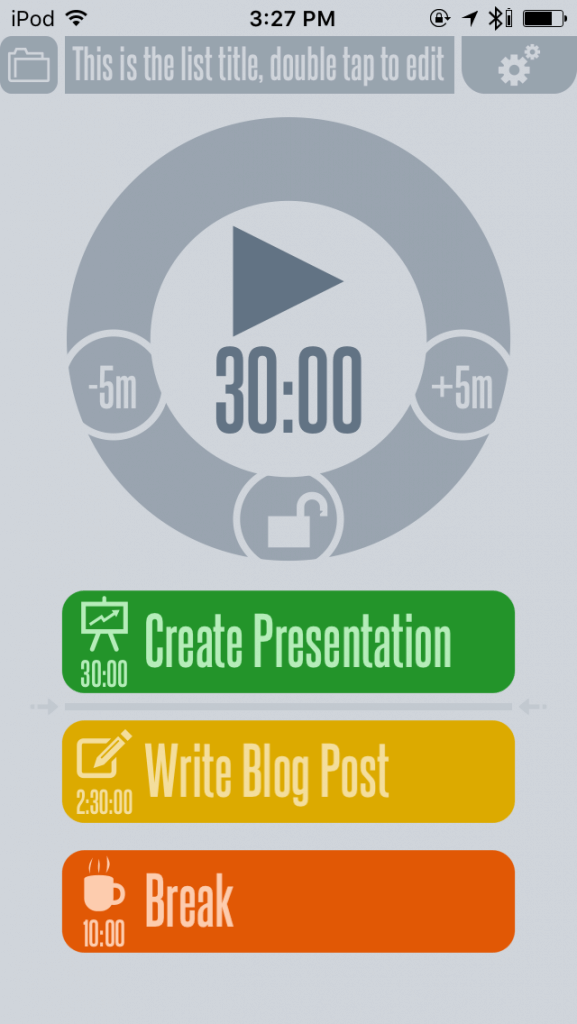
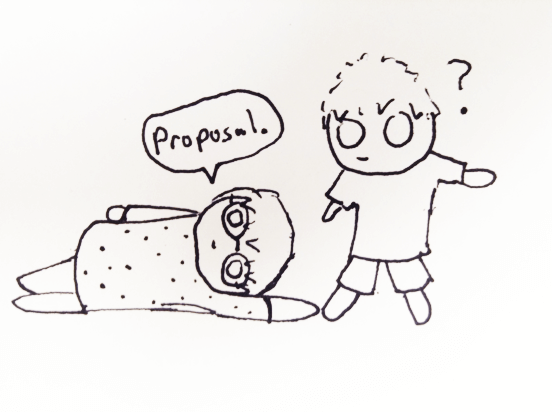 Sometimes you must bug people before you get a copy.
Sometimes you must bug people before you get a copy.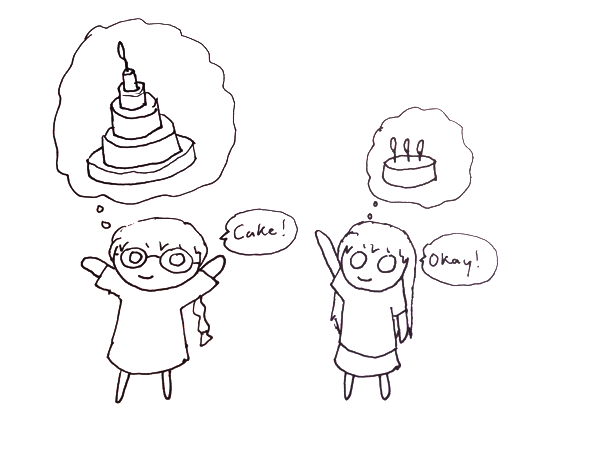 My concept of ‘cake’ might be a little off the standard idea.
My concept of ‘cake’ might be a little off the standard idea.